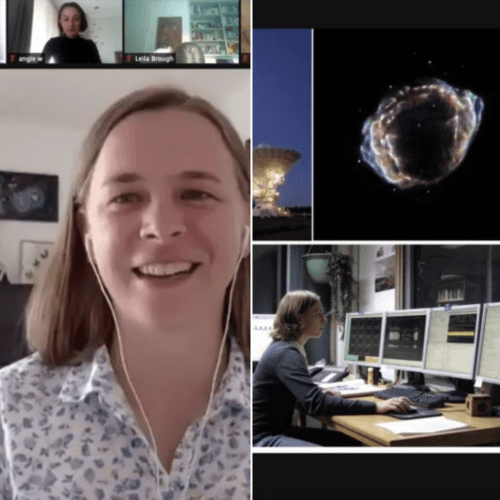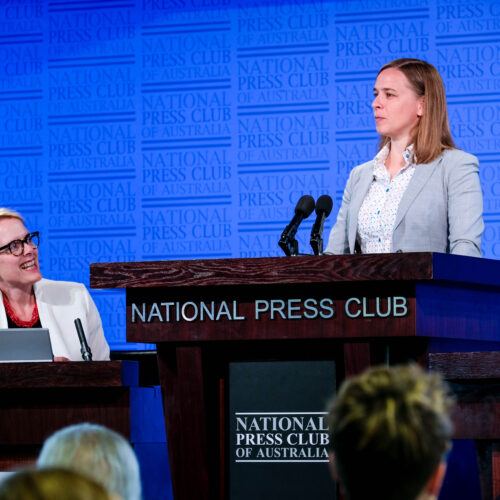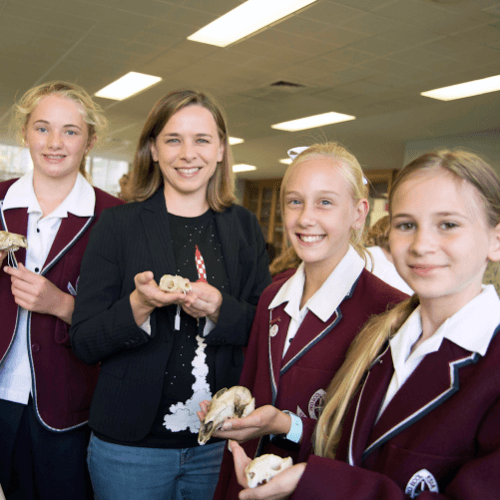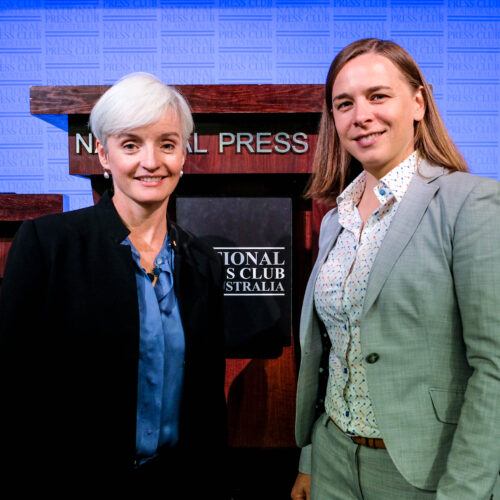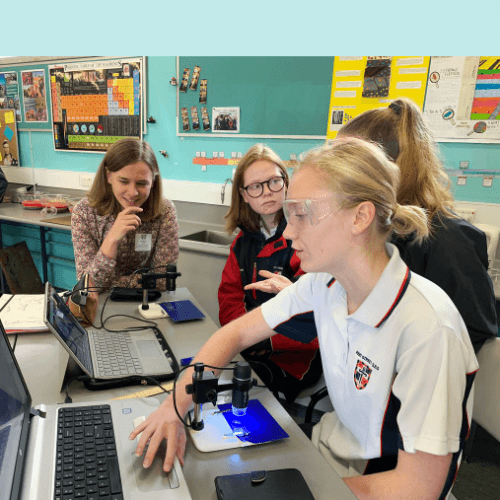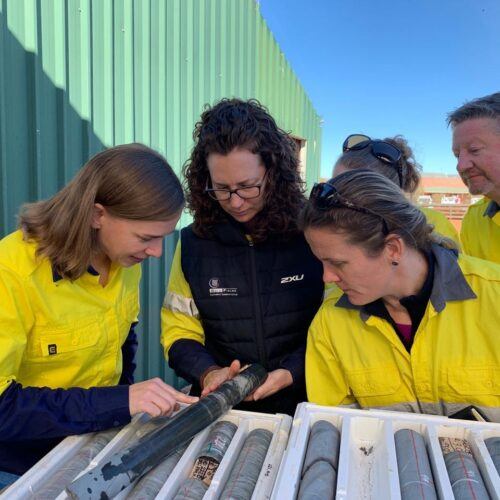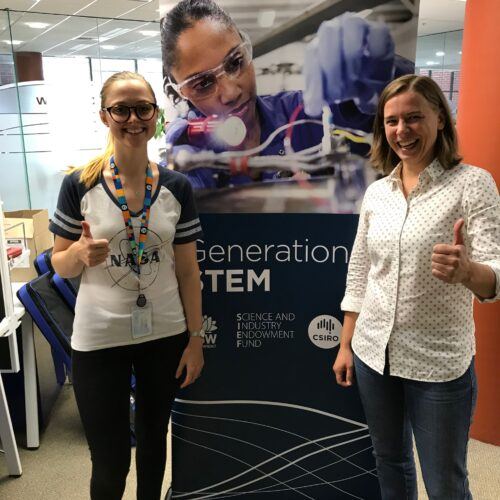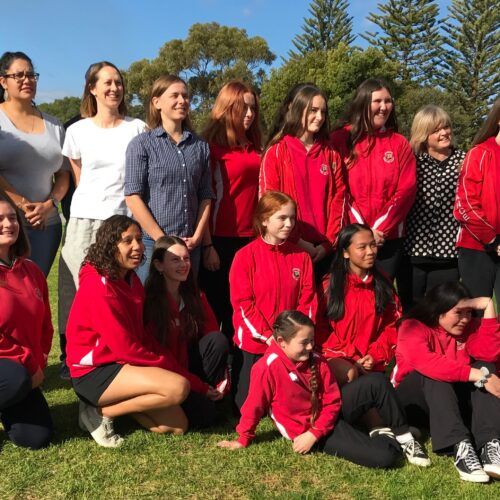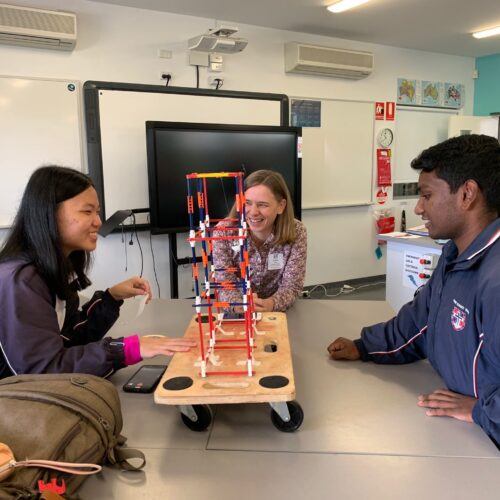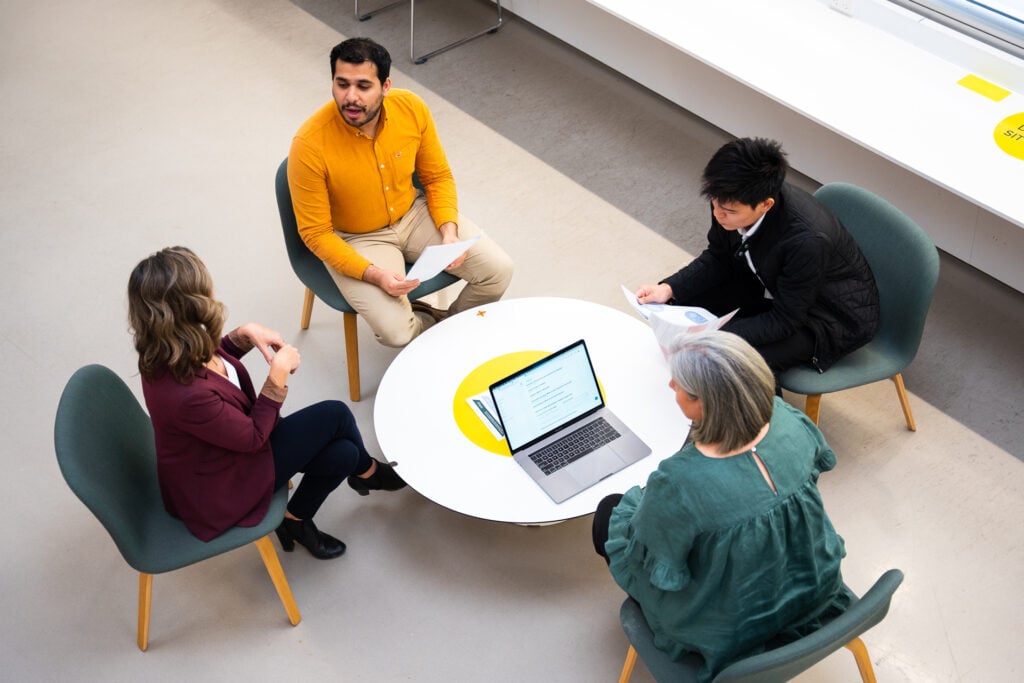Australia's Women in STEM Ambassador
The Women in STEM Ambassador is an Australian Government initiative to address gender inequities in science, technology, engineering and mathematics (STEM). Led by Professor Lisa Harvey-Smith and based at the University of New South Wales, the Office of the Women in STEM Ambassador influences and mobilises Australia’s business leaders, educators and policymakers to increase the participation of women and girls in STEM.
A message from Australia's Women in STEM Ambassador

To better understand what works to improve equity in STEM, we have developed a National Evaluation Guide for STEM equity programs and STEM Equity Evaluation Portal to guide evaluation efforts across STEM equity initiatives.
Future You is a careers education program designed to help children aged 8 to 12 understand and explore pathways to exciting and rewarding STEM careers. Explore the free, curriculum-aligned teaching resources.
We have conducted rigorous research to evaluate and inform strategies that promote diversity and inclusion in STEM sectors. We also led research to examine gender equity in grant programs in the Australian research sector.

We have developed a suite of evidence-based tools to support transformative action for equity in STEM workplaces. These practical tools will help workplaces invest in evidence-based solutions, and avoid common pitfalls.
Resources
